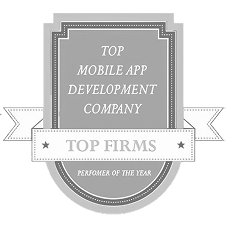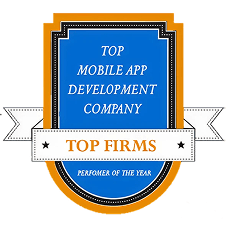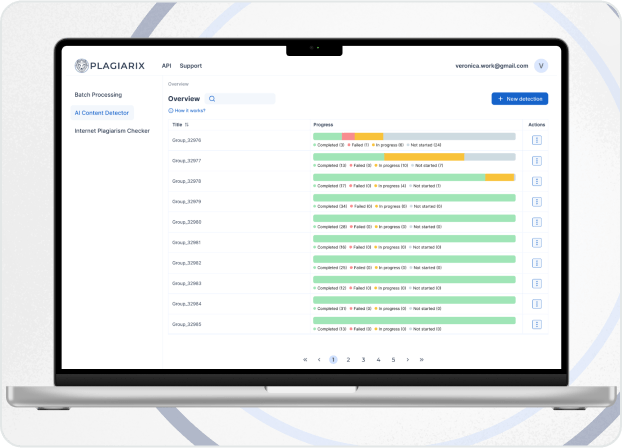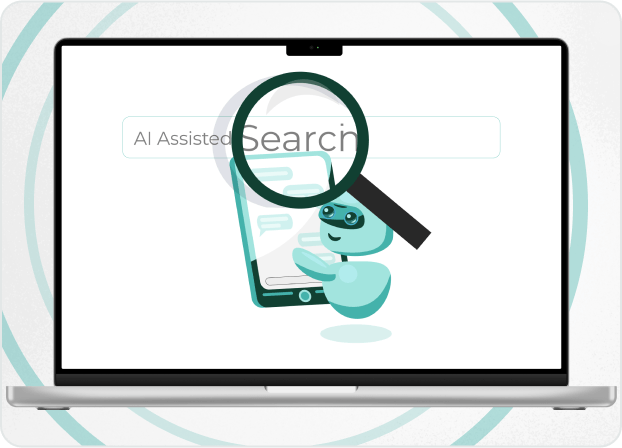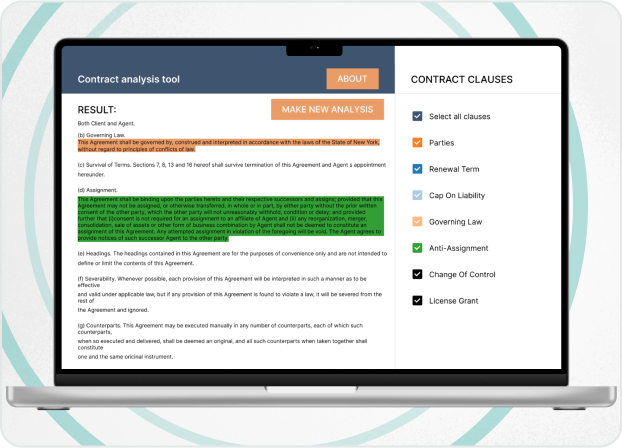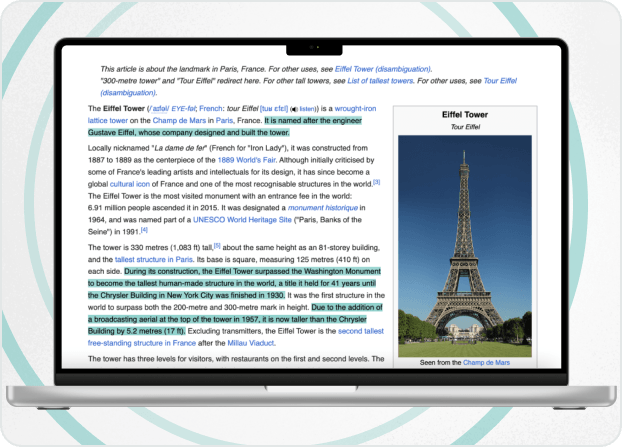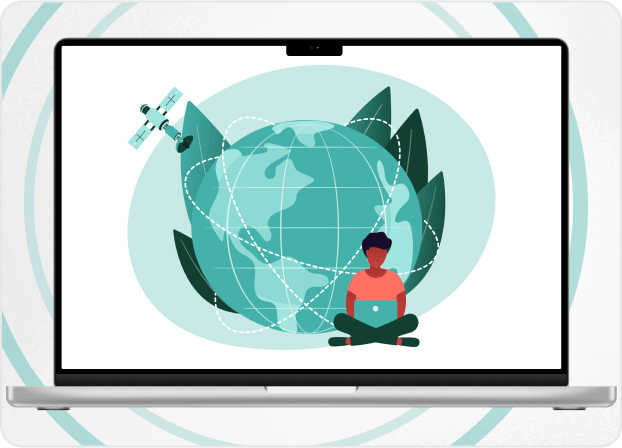
Expert’s Thoughts

"Integrating OpenAI into enterprise systems requires more than technical implementation. It demands secure architecture, data governance, and alignment with regulatory standards. When properly deployed, OpenAI enhances operational efficiency, accelerates decision-making, and unlocks new value across functions like customer support and software development."
Yuri Svirid, PhD. — CEO Silk Data
Azure OpenAI API
OpenAI is a leading research organization dedicated to developing advanced generative artificial intelligence technologies. Founded in 2015, it creates AI models capable of natural language processing, image generation, and automation tasks.
You’ve probably already heard of some of their most famous creations, like ChatGPT (the AI you can chat with), DALL-E (the AI that can turn words into images), and Codex (the AI that helps you write code).
OpenAI for businesses feels less like a trend and more like a really useful addition to how they work.
Its technology helps companies make faster, smarter decisions, automate time-consuming processes, and even come up with new ideas — all without needing a whole team of AI experts. With scalable OpenAI enterprise solutions like the OpenAI API and Azure OpenAI, businesses can integrate AI solutions easily and securely into their operations.
Market Insights
- Bloomberg Intelligence report Generative AI to Become a $1.3 trillion market by 2032.
- More than 1.5M users are now actively creating over 2M images a day with DALL·E, from artists and creative directors to authors and architects.
- ChatGPT.com gets approximately 5 billion visits per month.
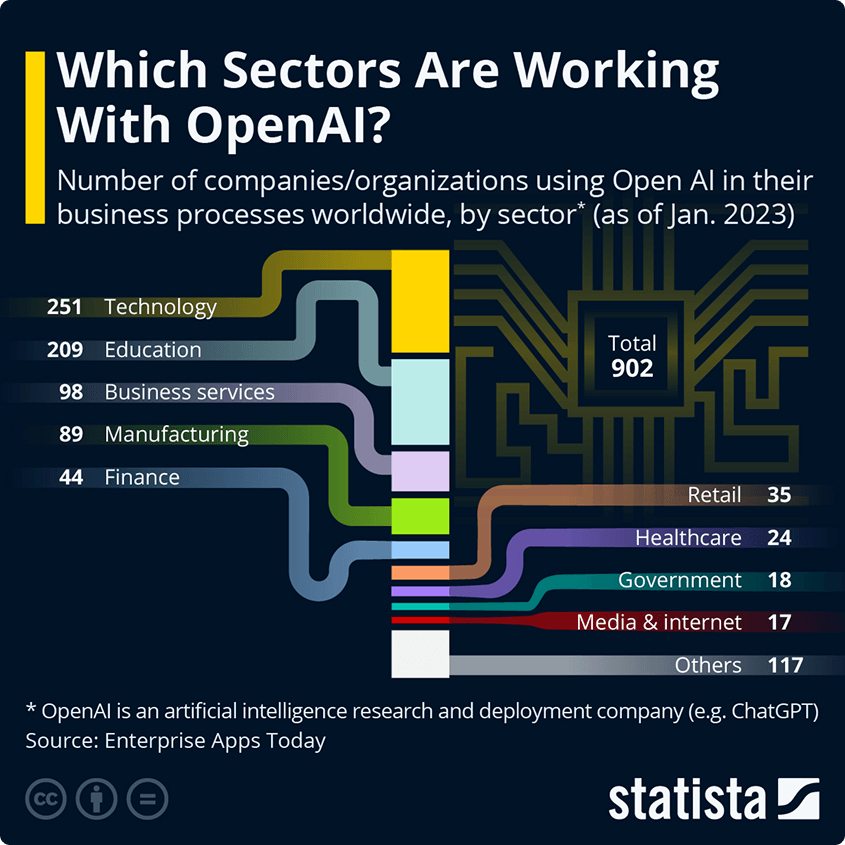
Sources: Statista
OpenAI for Marketing

Content Creation
Marketers no longer have to stare at a blank screen, trying to come up with the perfect blog post or ad headline. With ChatGPT, they can instantly generate ideas for blog articles, social media posts, ad copy, video scripts — even entire email campaigns.
ChatGPT can even suggest SEO keywords, headlines, and email templates tailored to different customer personas.

Campaign Optimization
AI models analyze marketing campaigns in real time, identifying what’s working and what’s not. OpenAI can recommend audience segmentation, budget reallocation, and ad creative adjustments based on current performance.

Sentiment Analysis
Understanding how customers feel used to mean reading piles of reviews and guessing trends. Now, OpenAI can comb through customer feedback, survey responses, and social media comments automatically, spotting patterns and emotional tones you might otherwise miss.

Visual Content Generation
Dall-E allows brands to create unique visuals — think custom illustrations, ad creatives, and brand mascots — without needing a full design team. It speeds up production timelines and reduces outsourcing costs, while maintaining originality and brand identity.
OpenAI for Publishing

Automated Content Creation
Writers and editors already lean on ChatGPT to spark story ideas, draft articles, and crank out high‑volume content—whether it’s breaking financial news, in-depth product reviews, or daily blog posts. But staying ahead of the 24/7 news cycle takes more than a clever prompt.
That’s why we built a custom Automatic News Analysis solution at Silk Data: it ingests live news feeds, flags trending topics, summarizes key developments, and even scores sentiment—all in real time. Our client went from manual clipping and keyword searches to a seamless dashboard that surfaces the stories their audience cares about, the moment they break. Read the full case study.

Editing Assistance
OpenAI tools help refine grammar, enhance tone, and ensure clarity. They can even suggest style changes based on a publication’s voice guidelines, helping maintain consistent quality across all content.

Personalization
Using OpenAI to analyze user reading habits allows publishers to deliver highly personalized content experiences, boosting subscriber retention and engagement rates.
OpenAI for Retail

Chatbots for Customer Service
Instead of waiting in long queues to reach a customer service agent, shoppers can get instant help from AI-powered chatbots. These bots handle everything from answering FAQs and managing returns to offering personalized product suggestions — and they’re available 24/7 across multiple languages and platforms.
By automating routine tasks, AI frees up human agents to focus on more complex customer needs, improves satisfaction, and reduces operational costs for retailers.

Personalized Recommendations
By analyzing customer profiles, browsing behavior, and purchase history, OpenAI models predict what products customers are likely to buy next. This level of personalization boosts cart sizes and lifetime value.

Inventory Management
Let’s face it — retail inventory is a constant juggling act. Overstock, and you’re stuck with excess. Understock, and you lose customers to the competition. Most legacy systems try to fix this with hard-coded rules and static reorder points. But retail doesn’t follow scripts — it reacts.
Modern AI changes the game. Tools like OpenAI models don’t just look backward — they make sense of real-world chaos: seasonal spikes, regional habits, promo calendars, weather shifts, economic blips. And they do it fast.
We’ve helped clients make that leap. One retailer came to us with tangled procurement workflows and a bloated supplier list. We built a tailored AI engine that didn’t just improve demand forecasts — it optimized vendor decisions, cleaned up purchasing flows, and cut waste across the board. Full case study here.
Bottom line? If your inventory strategystill lives in spreadsheets, it’s probably costing you.
OpenAI for Education & E-learning

Tutoring Bots
Picture a student stuck on a tough math problem late at night. No teachers around, no classmates to call. This is where AI tutoring bots step in. Powered by ChatGPT, they can offer immediate help — whether it’s solving a tricky equation, practicing a new language, or breaking down a complicated science topic. The beauty is that students get personalized support whenever they need it, which encourages them to become more independent learners over time. It’s like having a patient tutor available 24/7, without the pressure.

Administrative Tasks Automation
Ask any teacher, and they’ll tell you: so much of their job isn’t actually teaching. Grading essays, checking quizzes, writing feedback — it all adds up. AI can now take a huge chunk of that workload off their plate. Instead of spending hours on administrative tasks, teachers can focus more on designing great lessons and mentoring students. It’s a small shift that makes a big difference — freeing educators to do what they love and what students need most.

Content Creation
Coming up with lesson plans, quizzes, and activities day after day takes serious creativity — and a lot of time. AI can now help by generating customized learning materials, simulating real-world scenarios, and even creating interactive exercises. It’s not about replacing teachers; it’s about giving them better tools. With AI as a creative partner, educators can design richer, more engaging experiences that adapt to their students' needs — without burning themselves out.

Adaptive Learning
One of the biggest promises of AI in education is personalization. Every student learns differently, and traditional classrooms often struggle to keep up with that. AI-powered adaptive learning systems track how each student is progressing — what they’re mastering, where they’re struggling — and adjust the difficulty, pacing, and style of content to match.
OpenAI for Finance & Banking

Smarter Customer Interactions with AI Chatbots
AI-powered chatbots are transforming customer service by providing instant, 24/7 assistance for queries about account balances, loan applications, credit scores, investment options, and more. They not only reduce wait times but also lower operational costs while maintaining a high-quality, personalized customer experience.

Fraud Detection in Real Time
AI models trained on millions of transactions can detect unusual behavioral patterns that would be almost impossible for human teams to catch in time. OpenAI empowers banks to identify and block suspicious activities as they happen — minimizing financial loss, regulatory penalties, and reputational damage.

Advanced Risk Assessment for Smarter Lending
By analyzing diverse financial data points — from credit history and transaction behaviors to external market indicators — AI systems can predict default risks, investment viability, and overall creditworthiness with high precision. This enables better decision-making for approving loans, mortgages, and investment strategies.

Automated Report Generation to Cut Costs
Manual preparation of compliance reports, audit summaries, and financial statements demands hundreds of hours every month — and every hour carries costs and risks of human error. OpenAI automates these processes with accuracy and speed, freeing up expert teams to focus on strategic analysis rather than repetitive paperwork.
Book a free AI consultation with our team to explore tailored solutions for your industry.
Microsoft Azure OpenAI: How It Works
If you’re exploring how to bring powerful models like GPT-4, DALL·E, or Codex into your business without standing up your own ML infrastructure — Azure OpenAI Service is your fast lane.
Microsoft has partnered with OpenAI to make these OpenAI business models available securely through the Azure cloud. No servers to manage. No million-dollar compute budgets. Through APIs, security compliance, and model fine-tuning, Azure makes OpenAI usage enterprise-ready. Here’s how it works in practice:
- 1
Azure Hosts OpenAI Models in the Cloud
First, Microsoft deploys OpenAI’s models inside Azure’s cloud infrastructure. That means the heavy computing (training, running, maintaining models) happens inside Microsoft's highly secure, enterprise-grade data centers — not on your company’s servers. - 2
Businesses Access the Models via API
Instead of setting up complicated servers, companies just connect to Azure OpenAI Service via simple APIs (Application Programming Interfaces).You send a request (text, image prompt, code snippet, etc.) to the API, and it returns the AI’s response.
- 3
Built-in Security and Compliance
Because this is happening inside Azure’s controlled environment, companies automatically get access to:- Enterprise-grade security (data encryption, network security, etc.)
- Built-in compliance with major standards (GDPR, HIPAA, etc.)
- User access control (who can use the AI, how it can be used)
This is a big deal for industries like healthcare, finance, and government, where AI use must meet strict regulations.
- 4
Fine-Tuning and Customization
Azure OpenAI Service also lets businesses fine-tune models.Instead of using basic GPT-4, a company can train it further on its own data, like customer service conversations, legal documents, and product manuals.This customization happens on Azure’s cloud infrastructure, without businesses having to train a model from scratch.
- 5
Embedding AI into Business Applications
Once a company connects to Azure OpenAI Service, it can embed AI into any system:- Customer-facing apps (chatbots, virtual assistants)
- Internal tools (analytics dashboards, employee knowledge bases)
- Operational processes (document summarization, email automation)
Silk Data specializes in end-to-end AI integration — from strategy to deployment.
Final Words
From content creation and chatbots to analytics and automation, the benefits of OpenAI for business are clear.
We’re already seeing it in marketing campaigns built on real-time insights, education platforms that adapt to how people actually learn, and retail systems that react to customer needs in the moment.
Right now, publishing, finance, retail, and education are just a few industries putting OpenAI to real use — not as a nice-to-have, but to stay sharp and competitive. Adopting OpenAI isn’t about chasing trends. It’s about putting intelligent, scalable tools behind your decisions, your operations, and your ability to move faster when it matters.
If you're thinking about where AI fits into your business, now's the time to start — contact our team.
Our Solutions
We work in various directions, providing a vast range of IT and AI services. Moreover, working on any task, we’re able to provide you with products of different complexity and elaboration, including proof of concept, minimum viable product, or full product development.


















